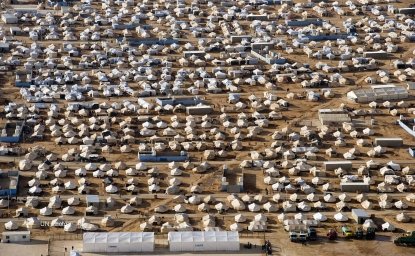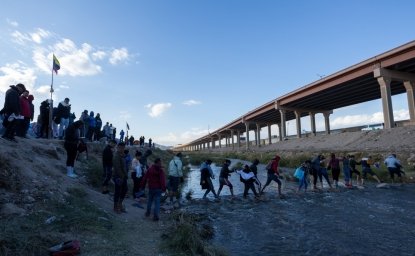Navigating Complexity: Climate, Migration, and Conflict in a Changing World


Climate change is expected to contribute to the movement of people through a variety of means. There is also significant concern climate change may influence violent conflict. But our understanding of these dynamics is evolving quickly and sometimes producing surprising results. There are considerable misconceptions about why people move, how many move, and what effects they have.
In a discussion paper for USAID’s Office of Conflict Management and Mitigation, the Environmental Change and Security Program presents a guide to this controversial and consequential nexus of global trends. Building off a workshop held at the Wilson Center last year, we provide a background scan of relevant literature and an in-depth analysis of the high-profile cases of Darfur and Syria to discern policy-relevant lessons from the latest research.
Banner Photo Credit: Internally displaced people near Jowhar, Somalia, November 2013, courtesy of Tobin Jones/UN Photo.
NAVIGATING COMPLEXITY: Cli... by The Wilson Center on Scribd
Authors



Environmental Change and Security Program
The Environmental Change and Security Program (ECSP) explores the connections between environmental change, health, and population dynamics and their links to conflict, human insecurity, and foreign policy. Read more




